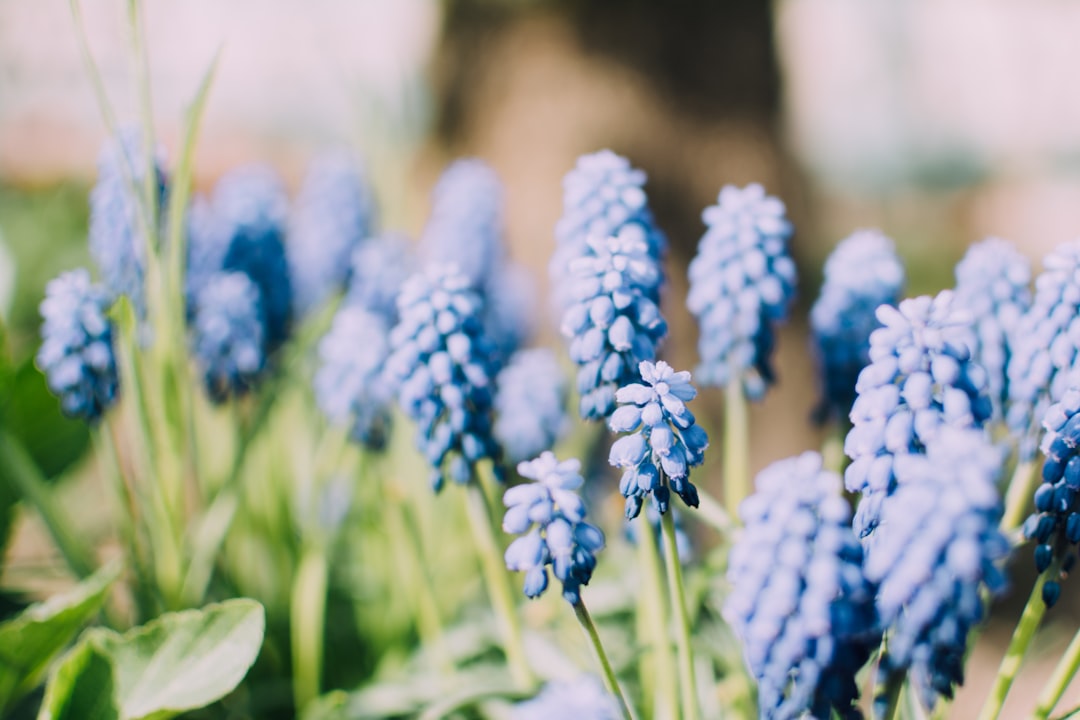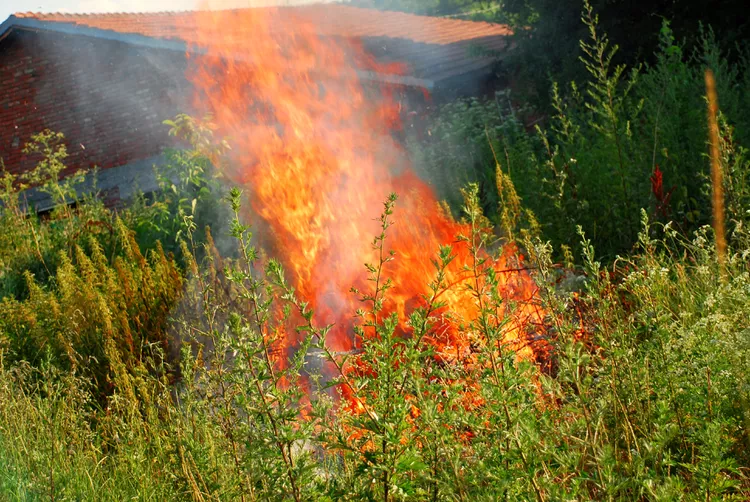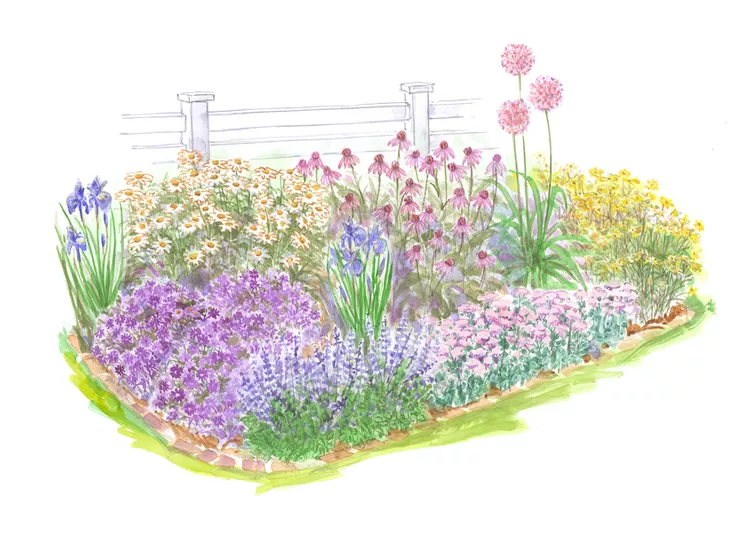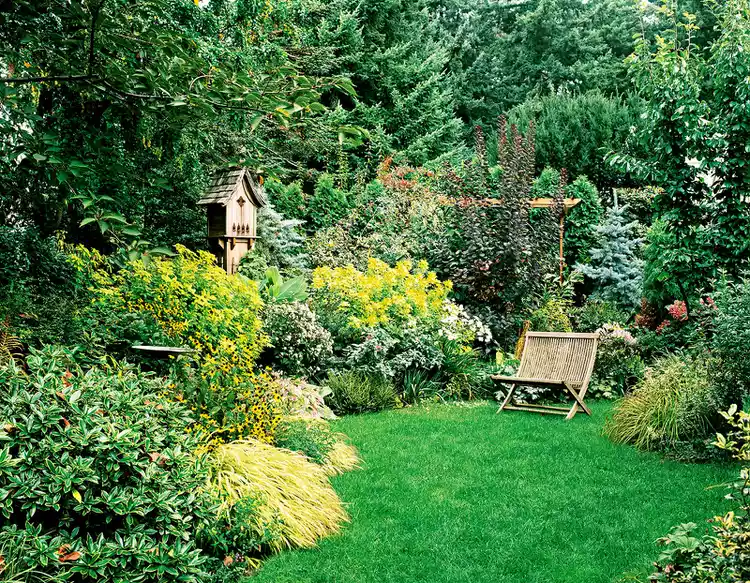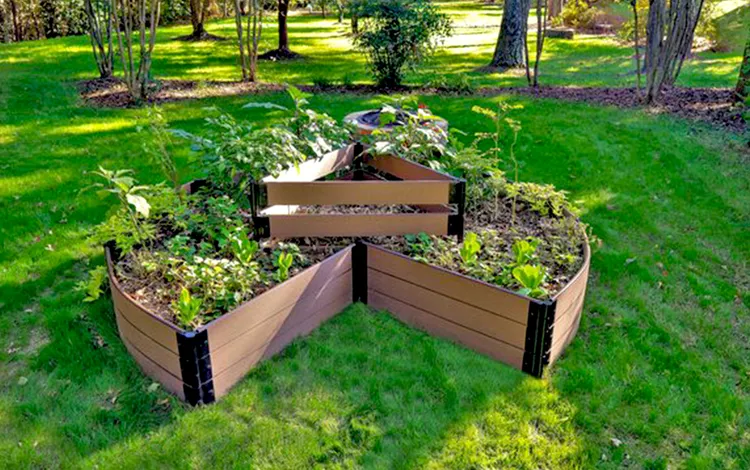Heavenly bamboo, also known as Nandina domestica, is a popular ornamental shrub that can add a touch of elegance to any garden. However, to ensure its healthy growth and avoid potential invasiveness issues, it's essential to follow some key growing tips. In this article, we'll explore everything you need to know about cultivating heavenly bamboo, from choosing the right varieties to providing the optimal growing conditions.
Selecting Non - Invasive Varieties
One of the first steps in growing heavenly bamboo is to choose a non - invasive variety. Some traditional varieties of heavenly bamboo have been known to spread aggressively and become invasive in certain regions. Look for cultivars such as 'Firepower', 'Gulf Stream', and 'Harbor Dwarf'. 'Firepower' is a compact variety that offers vibrant red foliage in the fall and winter. It grows to a relatively small height, making it suitable for small gardens or container planting. 'Gulf Stream' has a more upright growth habit and features attractive blue - green foliage that turns red in the cooler months. 'Harbor Dwarf' is a dwarf variety, perfect for edging or as a ground cover.
Site Selection
Heavenly bamboo thrives in well - drained soil. It can tolerate a wide range of soil types, including sandy, loamy, and clay soils, as long as they are well - drained. When it comes to sunlight, heavenly bamboo prefers partial shade to full sun. In areas with hot summers, providing some afternoon shade can prevent the foliage from scorching. Choose a location in your garden that receives at least 4 - 6 hours of sunlight per day. Avoid planting it in areas that are prone to waterlogging, as this can lead to root rot.
Planting
When planting heavenly bamboo, dig a hole that is twice as wide and just as deep as the root ball. Gently remove the plant from its container and loosen the roots. Place the plant in the hole and backfill with soil, firming it gently around the base of the plant. Water thoroughly after planting to settle the soil. Space multiple plants about 2 - 3 feet apart to allow for proper air circulation and growth.
Watering
Newly planted heavenly bamboo requires regular watering to establish its root system. Water deeply once or twice a week, depending on the weather conditions. Once the plant is established, it is relatively drought - tolerant. However, during prolonged dry spells, it's still a good idea to water it occasionally to keep the soil moderately moist. Avoid over - watering, as this can cause the roots to suffocate and lead to disease.
Fertilizing
Heavenly bamboo benefits from regular fertilization. Apply a balanced, slow - release fertilizer in the spring, following the manufacturer's instructions. You can also add a layer of organic mulch, such as compost or shredded bark, around the base of the plant. The mulch helps to retain moisture, suppress weeds, and provide some nutrients as it decomposes.
Pruning
Pruning is an important part of maintaining the shape and health of heavenly bamboo. Prune in late winter or early spring before new growth begins. Remove any dead, damaged, or diseased branches. You can also selectively prune to control the size and shape of the plant. For example, if you want a more compact shrub, you can trim back the longer branches. However, avoid over - pruning, as this can reduce the plant's ability to produce flowers and berries.
Pest and Disease Management
Heavenly bamboo is generally resistant to most pests and diseases. However, it can be susceptible to scale insects and aphids. If you notice signs of an infestation, such as sticky residue on the leaves or distorted growth, you can use an insecticidal soap or horticultural oil to control the pests. Make sure to follow the instructions on the product label carefully. In terms of diseases, root rot can be a problem if the soil is poorly drained. To prevent this, ensure proper soil drainage and avoid over - watering.
In conclusion, growing heavenly bamboo can be a rewarding experience if you follow these essential tips. By choosing non - invasive varieties, providing the right growing conditions, and practicing proper maintenance, you can enjoy the beauty of this shrub in your garden for years to come.






